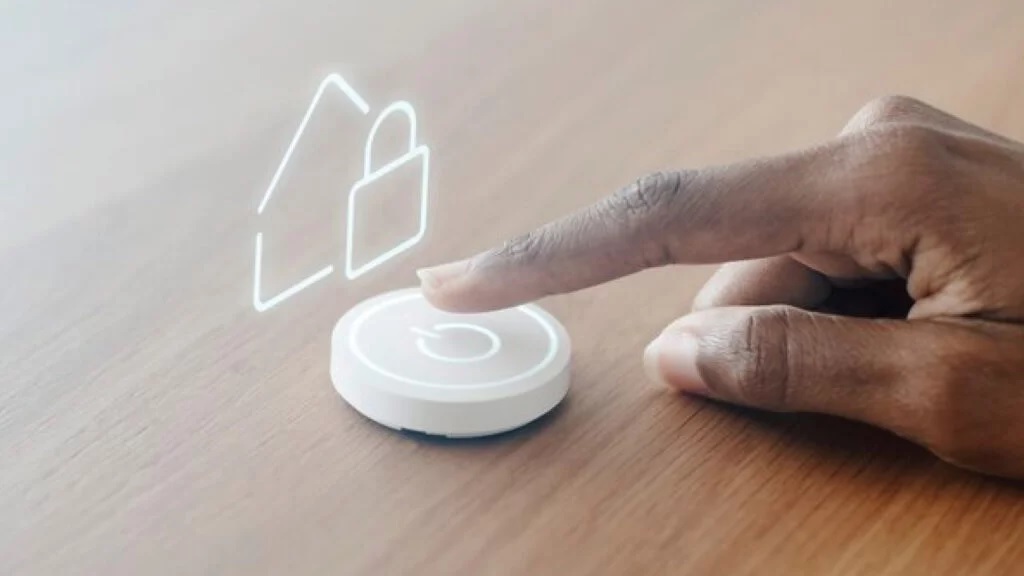As the festive season approaches, customers desire to deck their offices and homes beyond traditional ornaments and twinkling lights, as people are becoming more tech-savvy and opening the doors to allure in the world of smart devices. While smart devices, like voice-activating speakers, smart thermostats, smartwatches, self-locking doors, and many more, promise to add more convenience and comfort, lurking within this interconnected ecosystem lies a potential vulnerability: security.
In this article, we’ll go over the best IoT security research and procedures buyers should conduct before purchasing gadgets this holiday season.
Four Best IoT Security Research and Practices
An IoT attack surface, at its most basic, is the total number of entry points for unauthorized system access since it extends beyond entrance points and encompasses all potential security flaws for IoT devices, linked software, and network connections.
With an understanding of the landscape, here are the 7 best IoT security research and practices buyers must do before buying devices this holiday season:
Research Before Buying Smart Devices
You should not be attracted by shiny advertisements; rather, dedicate time to researching different brands, their security measures, and customer reviews. Look for devices that prioritize your needs and have standard security features like secure boot sequences, regular firmware updates, and data encryption. For instance, instead of opting for a flashy smartwatch, research brands known for their robust security measures like two factors—authentication and secure data storage practices—also look for security audits and certifications like common criteria or ISO certification for added assurance.
Strong Passwords, Stronger Foundations
Passwords are the first line of defense; thus, avoid pre-configured generic passwords and opt for complex, unique combinations for each smart device. Enabling two-factor authentication whenever applicable adds an extra layer of security; for example, for your smart lighting system, enabling two-factor authentication via phone is an add-on security to prevent other users from controlling your system remotely.
Update Firmware Regularly
Outdated firmware can be riddled with vulnerabilities; thus, you should make it a habit to regularly check for and apply available patch updates on all your IoT devices. You can also set up automatic updates for your smart TV to ensure it is also up and running with the latest firmware patch, which helps prevent vulnerabilities that could allow hackers to exploit your viewing habits. However, some devices offer automatic updates, which is a bonus for convenient security.
To Know More, Read Full Article @ https://ai-techpark.com/top-iot-device-security/
Read Related Articles:
AI and RPA in Hyper-automation Maximize your growth potential with the seasoned experts at SalesmarkGlobal, shaping demand performance with strategic wisdom.




